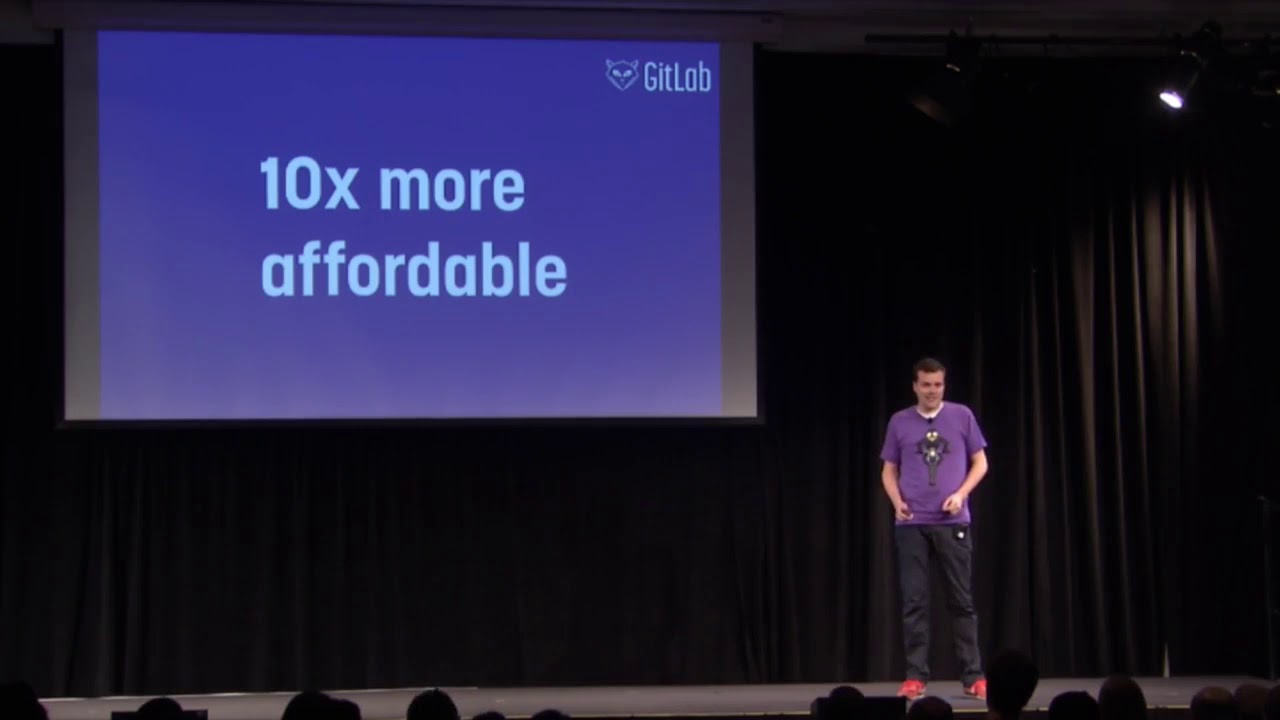GitLab’s journey from a humble open-source project to a profitable unicorn is a testament to the power of innovation in the tech world. Gitlab’s DevOps platform has revolutionized the way developers collaborate, adding yet another OSS success story to the books.
Gitlab recently announced their first adjusted operating profit in their earnings report for the fourth quarter of 2023, marking a significant milestone in their journey since becoming a public company. Gitlab stock reported a 24% increase in the following five days after the announcement, reaching a valuation of over $20 billion.
But how did Gitlab get here? How did they pitch their vision, value proposition, and business model to investors, customers, and partners over the years? In this blog post, we will compare one of Gitlab’s earliest pitch decks with their recent investor presentation to see how far they’ve come.
Gitlab’s journey from YC-backed OSS project to profitable unicorn
Gitlab was founded in 2011 as an open-source project by Dmitriy Zaporozhets and Sid Sijbrandij, who wanted to create a better way to collaborate on code. In 2015, they joined Y Combinator, the startup accelerator that produced unicorn startups like Airbnb, Dropbox, Mixpanel, and many others. After graduating the YC W15 batch, Gitlab raised their first seed round of $1.5 million. Here’s the pitch that Gitlab presented at YC Demo Day in 2015:
Gitlab reported a $599M run rate (+32% YoY) with 91% gross margins in their Q4 2023 earnings (the company’s first quarter earning an operating profit). For comparison, when the company graduated from YC in 2015, they were at a $1M run rate and doubling every month:

However, some things haven’t changed: since 2015, Gitlab has continued to support leading organizations and Fortune 100 customers and remained committed to affordable pricing.

See the full Gitlab YC demo day deck (Winter 2015), as presented by Sid Sijbrandij here →
